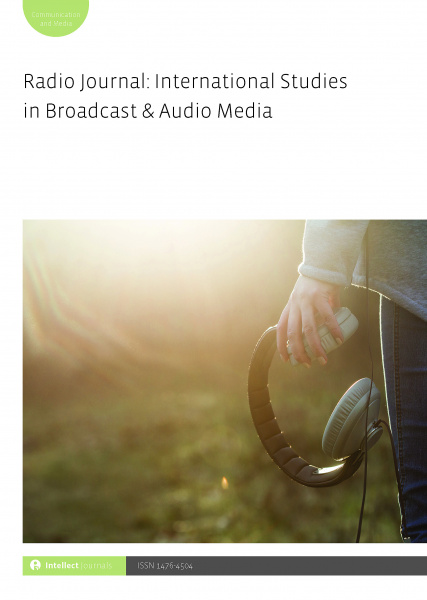
Full text loading...
 , Jean Martin2, Ivor Richards1
, Jean Martin2, Ivor Richards1
There has been an increase in the use of immersive or spatialized audio formats for radio and podcast journalism. Immersion is used to put audiences at the heart of a story, enable richer experiences and encourage empathy with others, but it can disrupt the ‘grammar’ of broadcast formats and the codes that structure the relationship between audience, journalist and story. Immersive journalism research has not tackled the impact on audio-only storytelling, and the lack of research by and for audio journalists means programme-makers have until now lacked a conceptual framework and terminology to describe how space is constructed in immersive audio, the creative and editorial choices available and their effects. This article, based on analysis of immersive output and interviews with those who produce it, critically examines the differences between mono/stereo space and immersive audio space and argues they are not only a matter of aesthetics or comfort, but communicate differential authority over the story and merit further attention when journalists are trained in immersive audio.

Article metrics loading...

Full text loading...
References


Publication Date:
https://doi.org/10.1386/rjao_00048_1 Published content will be available immediately after check-out or when it is released in case of a pre-order. Please make sure to be logged in to see all available purchase options.